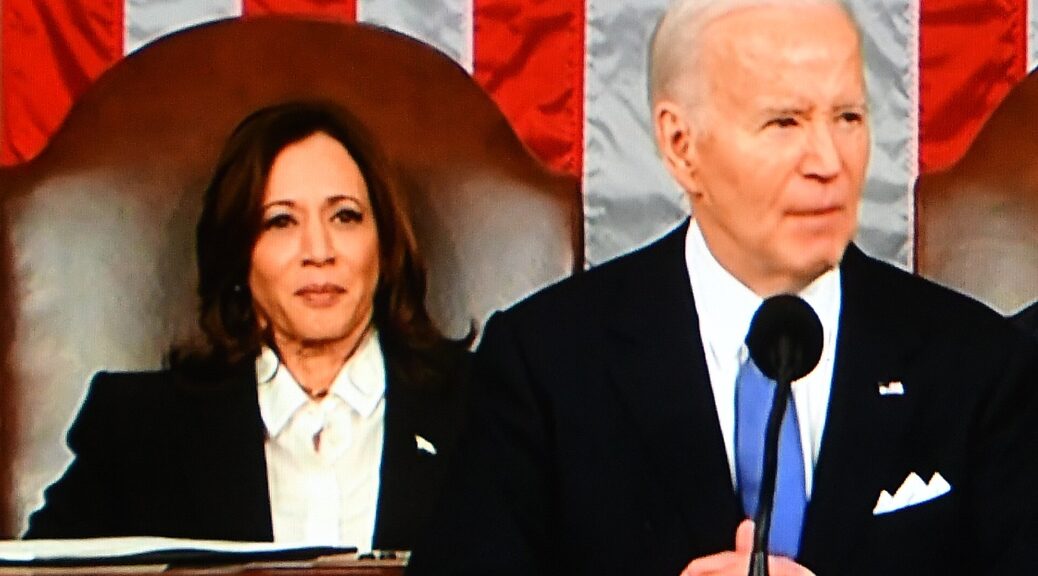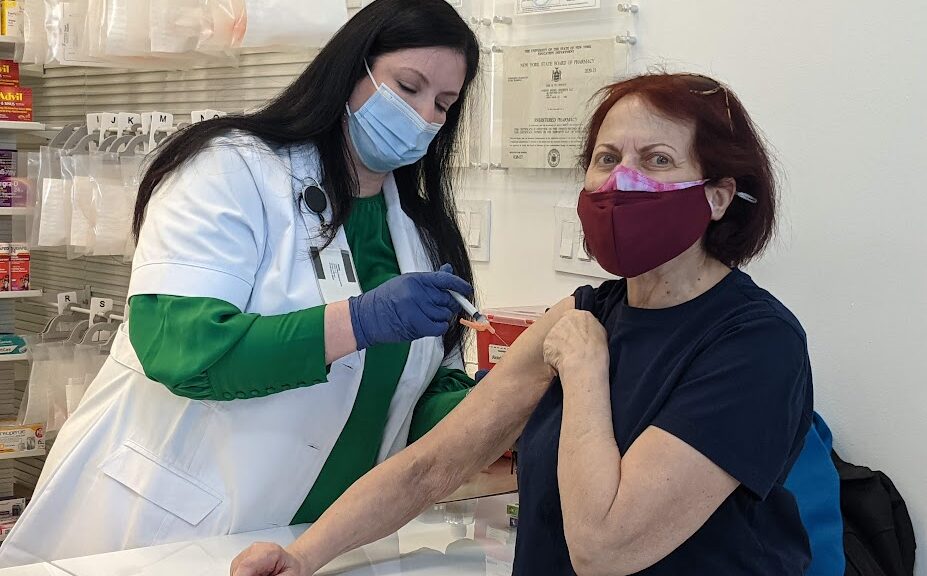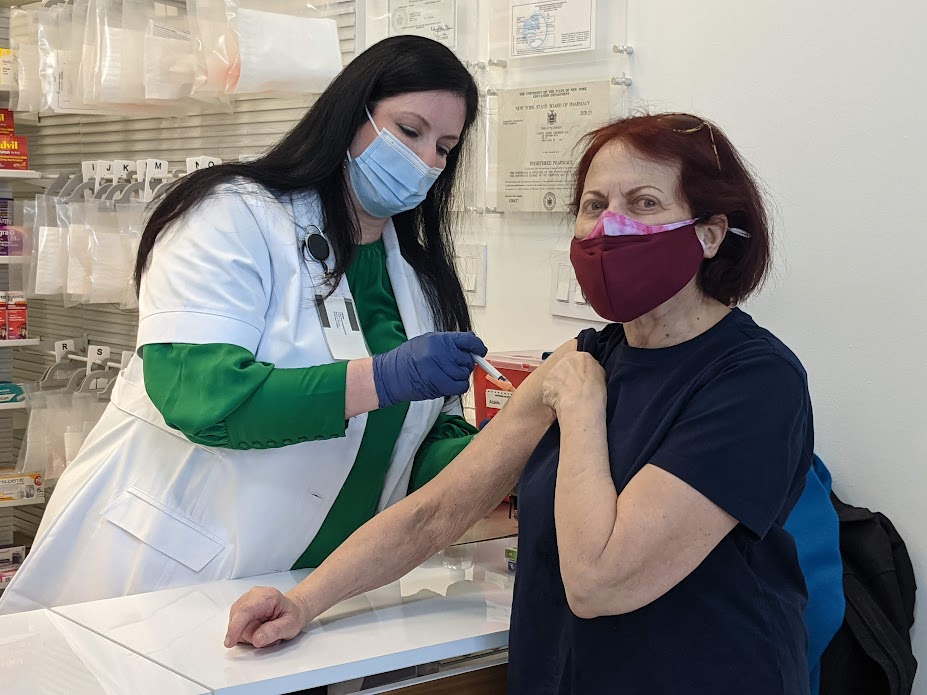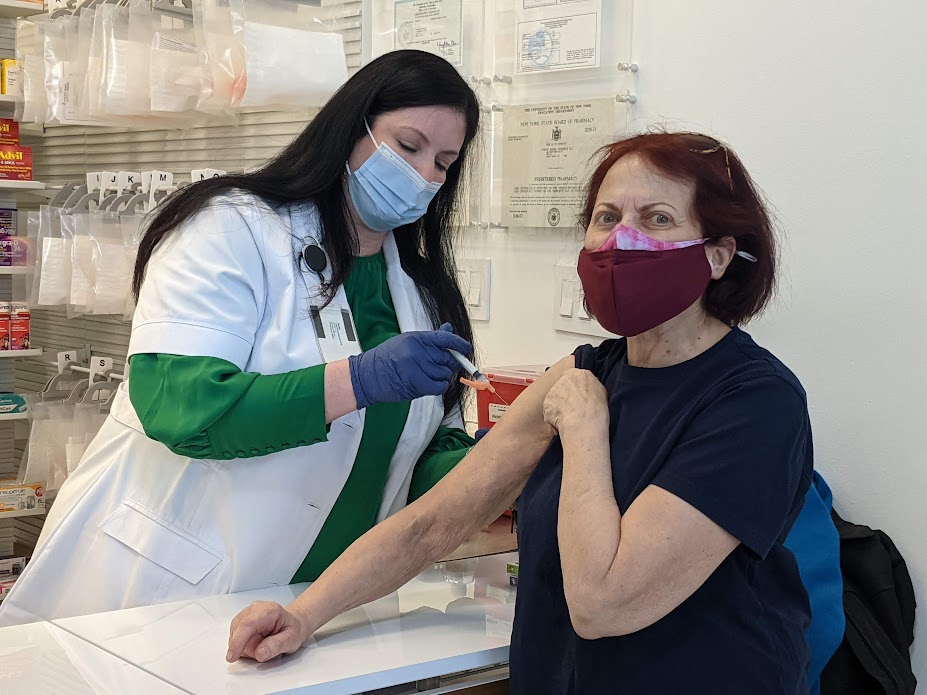President Biden announces final rule that will allow eligible DACA recipients to enroll in Affordable Care Act coverage. Some 100,000 DACA recipients are expected to take advantage of this opportunity. This fact sheet is provided by the White House:
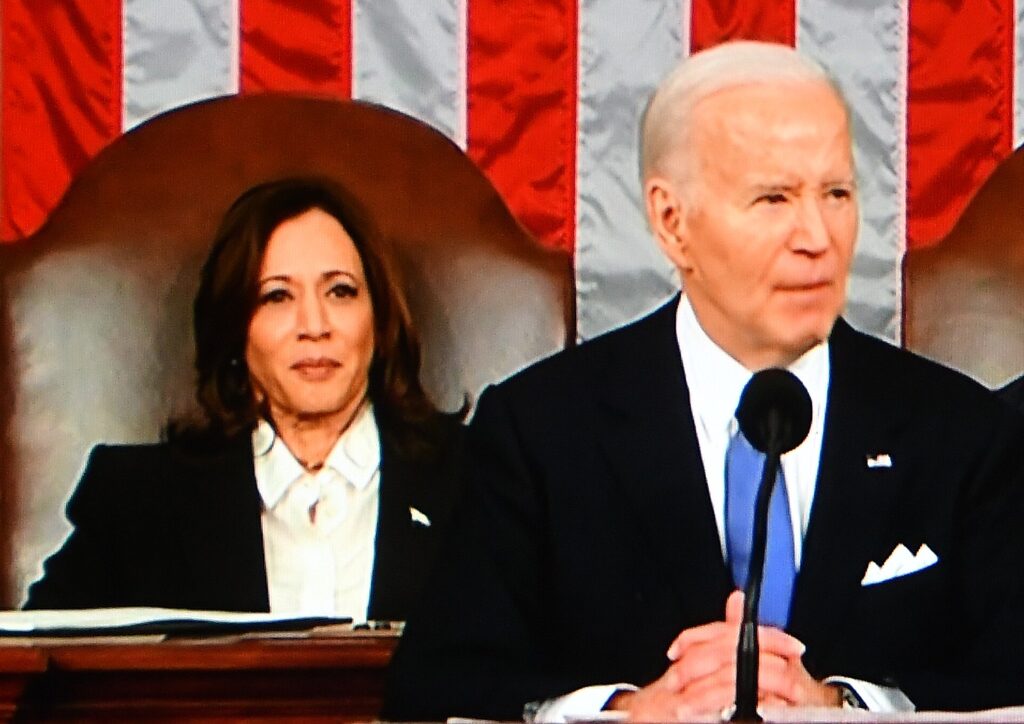
The Biden-Harris Administration is expanding access to affordable, quality health care coverage to Deferred Action for Childhood Arrivals (DACA) recipients. In 2012, President Obama and then Vice President Biden created the DACA policy to transform the lives of eligible Dreamers – young people who came to this country as children—allowing them to live and work lawfully in our country. Over the last decade, DACA has brought stability, possibility, and progress to hundreds of thousands of Dreamers.
While President Biden continues to call on Congress to provide a pathway to citizenship to Dreamers and others, he is committed to protecting and preserving DACA and providing Dreamers with the opportunities and support they need to succeed, including access to affordable, quality health care coverage. Thanks to the Biden-Harris Administration’s actions, today’s final rule will remove the prohibition on DACA recipients’ eligibility for Affordable Care Act coverage for the first time, and is projected to help more than 100,000 young people gain health insurance. Starting in November, DACA recipients can apply for coverage through HealthCare.gov and state-based marketplaces, where they may qualify for financial assistance to help them purchase quality health insurance. Four out of five consumers have found a plan for less than $10 a month, with millions saving an average of about $800 a year on their premiums.
President Biden and Vice President Harris believe that health care should be a right, not a privilege. Together, they promised to protect and strengthen the Affordable Care Act, lowering costs and expanding coverage so that every American has the peace of mind that health insurance brings. Today’s final rule delivers on the President’s commitment by giving DACA recipients that same peace and opportunity.
Today’s rule also reinforces the President’s enduring commitment to DACA recipients and Dreamers, who contribute daily to the strength and vitality of our communities and our country. On day one of his Administration, President Biden committed to preserving and fortifying the DACA policy. While only Congress can provide Dreamers permanent status and a pathway to citizenship, the Biden-Harris Administration has continued to vigorously defend DACA against ongoing legal challenges and strengthened DACA by codifying the 2012 policy in a final rule.
Statement from President Joe Biden:
Today, my Administration is expanding affordable, quality health care coverage to Deferred Action for Childhood Arrivals (DACA) recipients. Dreamers are our loved ones, our nurses, teachers, and small business owners. And they deserve the promise of health care just like all of us.
Nearly twelve years ago, President Obama and I announced the DACA program to allow our young people to live and work in the only country they’ve called home. Since then, DACA has provided more than 800,000 Dreamers with the ability to work lawfully, pursue an education, and contribute their immense talents to make our communities better and stronger.
I’m proud of the contributions of Dreamers to our country and committed to providing Dreamers the support they need to succeed. That’s why I’ve previously directed the Department of Homeland Security to take all appropriate actions to “preserve and fortify” DACA. And that’s why today we are taking this historic step to ensure that DACA recipients have the same access to health care through the Affordable Care Act as their neighbors.
On Day One of my administration, I sent a comprehensive immigration reform plan to Congress to protect Dreamers and their families. Only Congress can provide Dreamers permanent status and a pathway to citizenship. Congress must act.
Statement from Vice President Kamala Harris:
Dreamers throughout this country are serving in our military, teaching in our classrooms, and leading our small businesses as entrepreneurs. They are our neighbors, classmates, and loved ones. Our nation is fortunate that America is their home.
Thanks to Deferred Action for Childhood Arrivals (DACA), more than 800,000 Dreamers have been able to live, study, and work in the only home they have ever known while making our nation a better place. It is why I fought to defend and protect DACA as Attorney General of California and a U.S. Senator from California.
Now as Vice President, I have worked alongside President Biden to take steps to preserve and fortify DACA. Today, we are building on this progress by ensuring DACA recipients also have access to affordable health care, which will improve the health of all communities. This announcement will bring relief to more than 100,000 people and help them thrive while working to achieve their aspirations.
President Biden and I will continue to do everything in our power to protect DACA, but it is only a temporary solution. Congress must act to ensure Dreamers have the permanent protections they deserve.
Contrast to Trump Position on DACA, ACA
In stark contrast to Biden’s support of DACA and ACA, Trump tried to dismantle the DACA program which had protected 700,000 young people who were brought to this country as children from deportation, eventually losing at the Supreme Court.
And Trump tried to repeal the Affordable Care Act – failed – and is vowing to try again if he wins in November. What this would mean for Americans:
- More than 100 million Americans with preexisting conditions could be denied coverage or charged more
- 40 million people’s health insurance coverage at risk
- Health care costs would increase for the millions of Americans
- Young adults up to age 26 could be kicked off their parent’s health care plan

